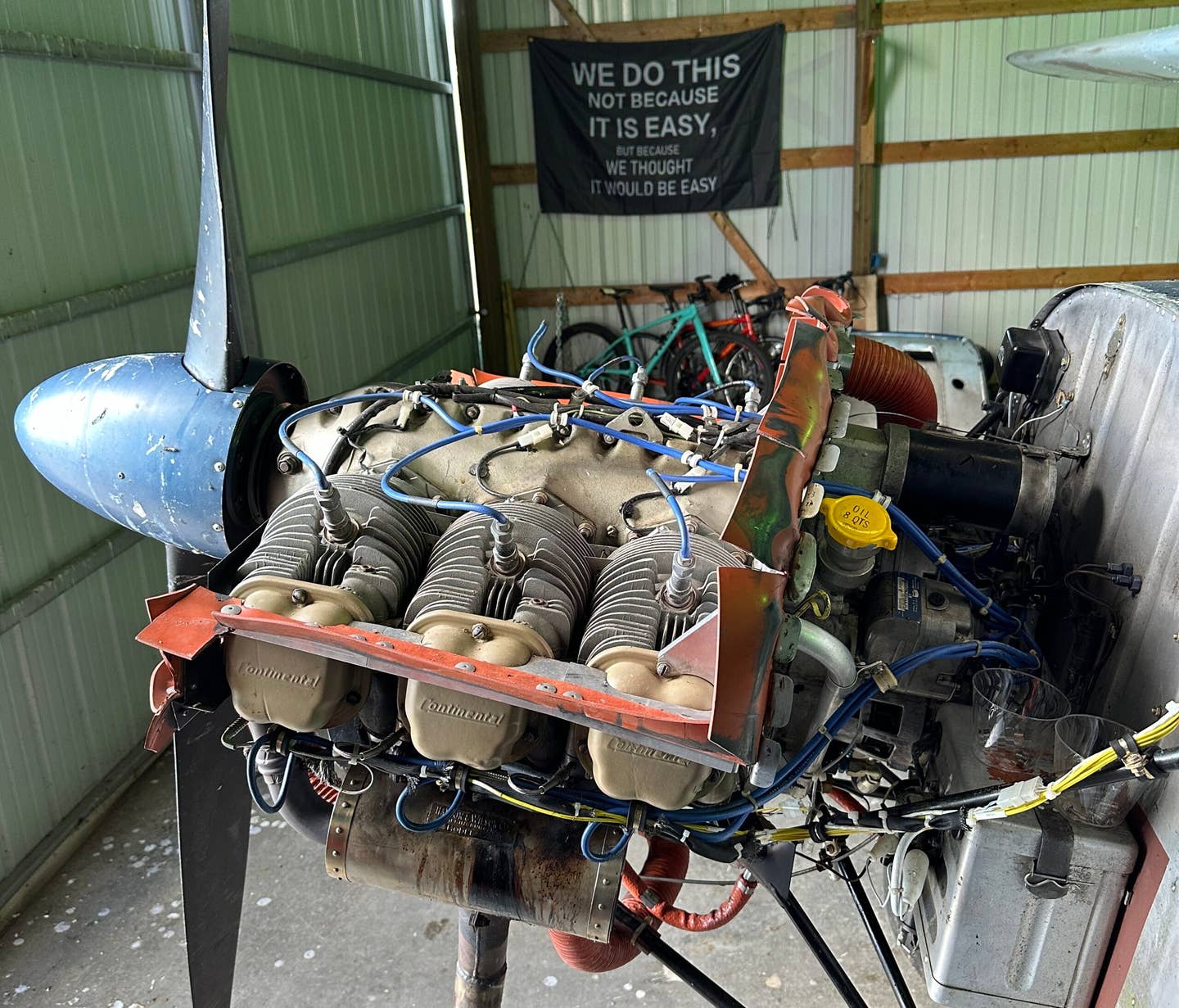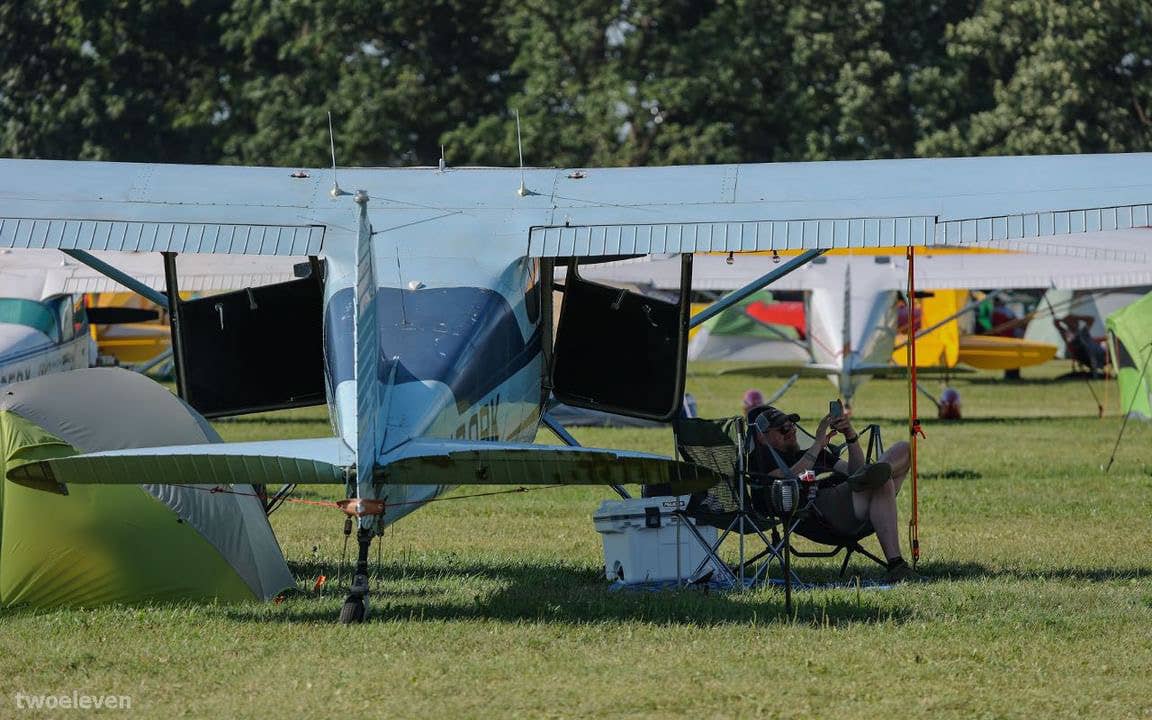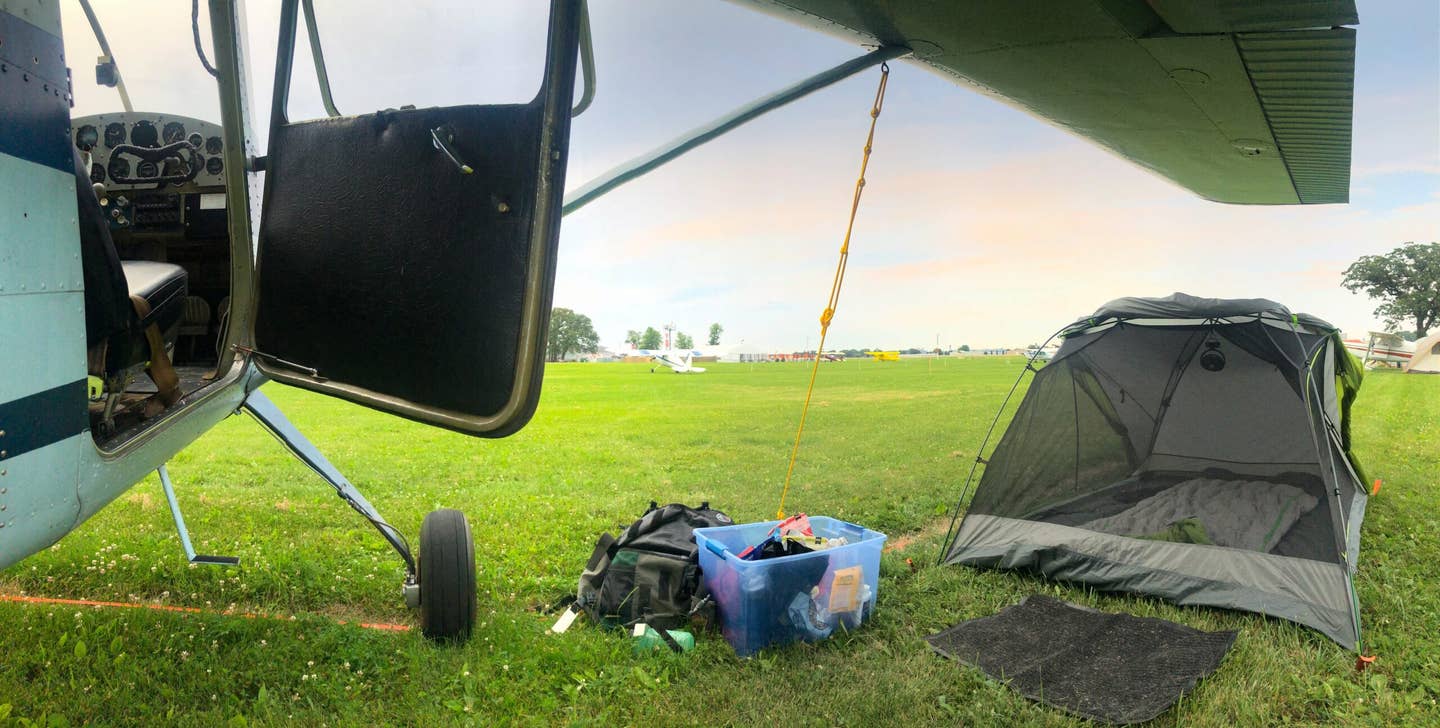Communication May Be the Solution for Neglected Aircraft
There are pilots who would love to fly airplanes that need a little love, but how to connect them?

A classic Stinson succumbing to nature and the elements after years of neglect. [Photo: Jason McDowell]
Visit nearly any small airport, and there’s a good chance it’s home to a number of airplanes that haven’t flown in years. Whether it’s an old Stinson tied down out in the elements with deteriorating fabric or an early Beech Bonanza left to corrode in a poorly sealed hangar, airplanes that were once loved and doted upon are put out to pasture and seemingly forgotten about.
Back when I was in college, I could barely afford a clapped-out 1992 Honda Civic. So when I’d see evidence of people fortunate enough to own airplanes neglecting them in such a manner, it made me furious. I may have been a brand-new private pilot with 50 hours, but I understood the responsibility that came with aircraft ownership.
Unlike a car that, in the upper Midwest, is expected to rust away to nothing inside of 30 years, airplanes can be expected to live forever. This, however, is dependent on each owner properly fulfilling their role as temporary caretaker and passing it on to the next caretaker in reasonably good condition so it can provide another few decades of loyal service. What I was seeing was evidence of owners who were flagrantly neglecting these duties and breaking this sacred chain of responsibility.
Fast forward 20 years, and while the frustration is still there, it’s tempered somewhat by a more thorough understanding of the challenges and pitfalls of ownership. I’ve only owned my own airplane for about nine months, but various maintenance and repair issues have kept me grounded for the vast majority of that time. I can absolutely see how, to an outsider observing my airplane sitting unused in the hangar for so long, I appear to be the very same scum I once cursed.
Still, while there are perfectly understandable reasons to leave an airplane unflown for an extended period, there’s a point at which an owner has effectively abandoned their airplane…and from what I can see, there are far too many owners out there who fit this description. The airplanes are deteriorating, which ultimately reduces the already dwindling general aviation fleet. This drives up the values of those that remain, placing ownership even further out of reach for many. And the airplanes are taking up valuable, sought-after hangar space that could be used for actively flown, airworthy airplanes.
The airports themselves have some control over this. Some airport managers reason that so long as the hangar rent is paid, it doesn’t matter what the tenant does with it. The more savvy managers, on the other hand, recognize that active, airworthy airplanes translate to a higher number of annual operations, which, in turn, affects the funding they receive from the federal government. They understand the value of a vibrant, active airport. They also understand that one can sell a lot more fuel to airplanes that fly regularly.
The airport managers that do care have crafted a variety of policies to encourage tenants to fly their airplanes regularly. Some require tenants to keep their airplane in annual…that is, ensure it has had an annual inspection successfully completed within the preceding year. They might offer a six-month grace period, after which the airplane is relocated to an outside tie-down to provide hangar space to a tenant who actively flies their airplane.
When I asked for input on the issue in an online forum, one user described a policy they proposed at their local airport. Increase the hangar rent by a substantial amount—maybe $100 or $200 per month—that is a credit that can be used for fuel. If the tenant doesn’t spend that much for fuel in a month, the airport gets to keep it. This way, tenants are motivated to fly more often—the fuel is paid for, after all—and those who don’t fly help to fund airport improvements.
As someone who dreamt of airplane ownership for so many years, I see a disconnect and an opportunity. I see a disconnect between owners of inactive airplanes and pilots who would jump at the chance to fly them. And I see an opportunity to connect them to create mutually beneficial arrangements for everyone involved.
“As someone who dreamt of airplane ownership for so many years, I see a disconnect and an opportunity.”
Perhaps the owner has underestimated or forgotten the importance of regularly flying their machines and how detrimental long periods of inactivity are to the engine. Perhaps the owner has had a couple of kids, changed jobs, and has become distracted by life. Whatever the circumstances, there’s a need for the airplane to be flown, and there are pilots everywhere who would love the opportunity to fly it.
Obviously, there are logistical concerns. Insurance. Training and proficiency. And who pays to repair smaller items that break, and who pays for normal wear items as they wear out? But the benefits to each party are substantial enough that these concerns certainly aren’t insurmountable.
Until someone develops an advanced matchmaking app that seamlessly connects owners of underflown airplanes with enthusiastic pilots who lack airplanes of their own, it all starts with doing a bit of detective work and reaching out. When you see an airplane that is being flown infrequently, it takes seconds to retrieve the registered owner’s name and address from the FAA database. A few minutes combining names and cities in Google will usually retrieve a phone number, and before you know it, you’re chatting with the owner.
Maybe you’ll learn that they are intrigued by the idea of someone taking their airplane up once or twice a month to keep the engine happy. Maybe they’d be interested in forming a partnership. Or maybe they've been meaning to list the airplane for sale, but simply haven’t gotten around to it. That phone call could be the key that unlocks a legendary bargain and finally makes ownership possible.
Not everyone appreciates cold calls, but I’ve had tremendous luck with them over the years. I once observed an extremely rare Wing Derringer flying into my local airport on a flight tracking site. Twelve examples were built and only six remain on the U.S. register. I’d never seen one in person.
Curiosity motivated me to search the tail number, and this revealed to me that both the airplane and owner were locals. After a friendly chat on the phone, I met up with the owner, did a full photo shoot for him (and for me), and enjoyed a couple of hours of great conversation. Later that week, I mailed him a handful of prints as thanks. We still keep in touch.
This, I believe, is the first step to making the aforementioned connections between neglected airplanes and pilots without airplanes. Simply reach out to the owners and have a chat. They won’t necessarily toss you the keys and invite you to go tear around in their pride and joy, but building relationships and making connections is where it all starts, and that happens to be a skill that we in the general aviation community have refined to perfection.

Subscribe to Our Newsletter
Get the latest FLYING stories delivered directly to your inbox






